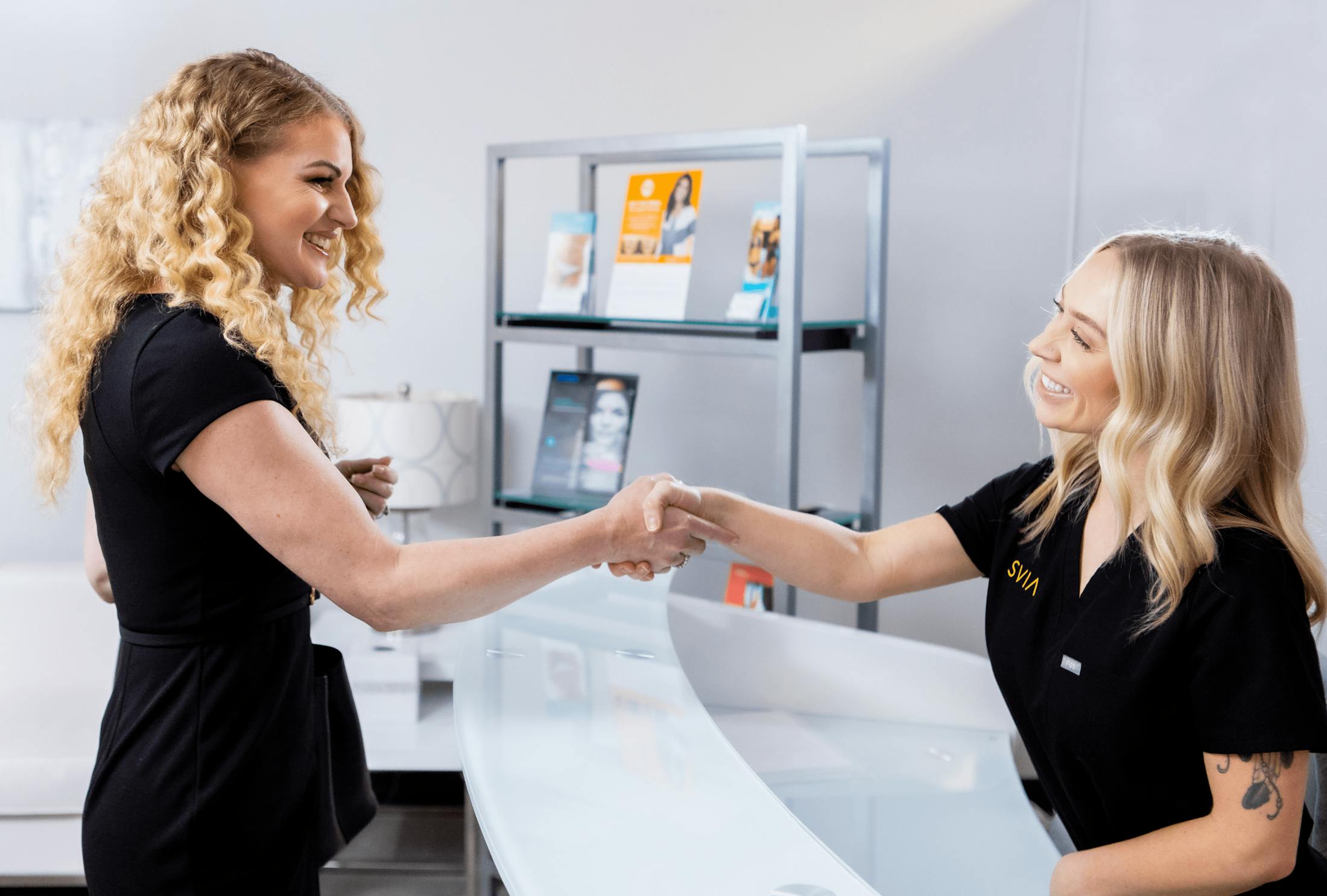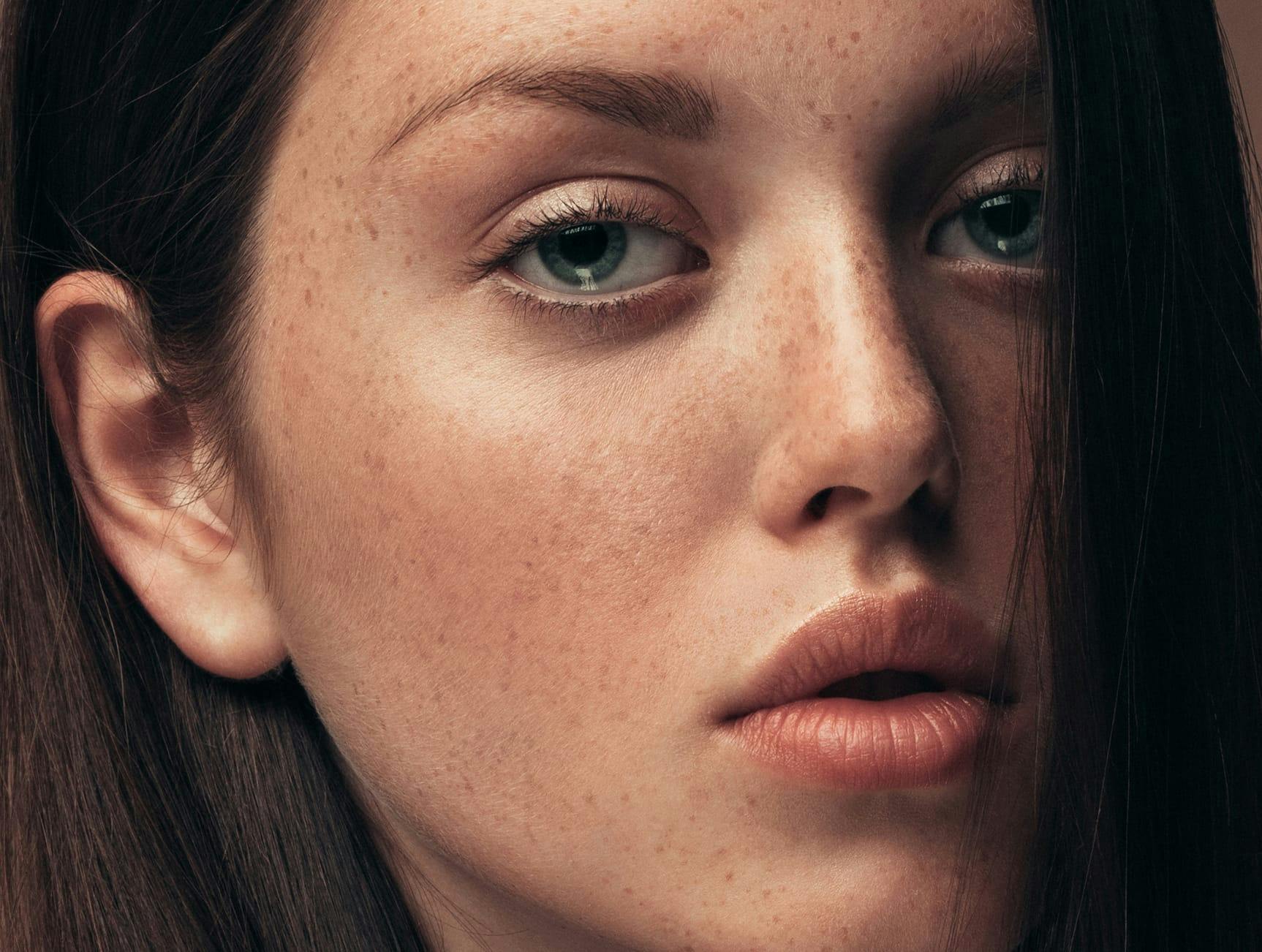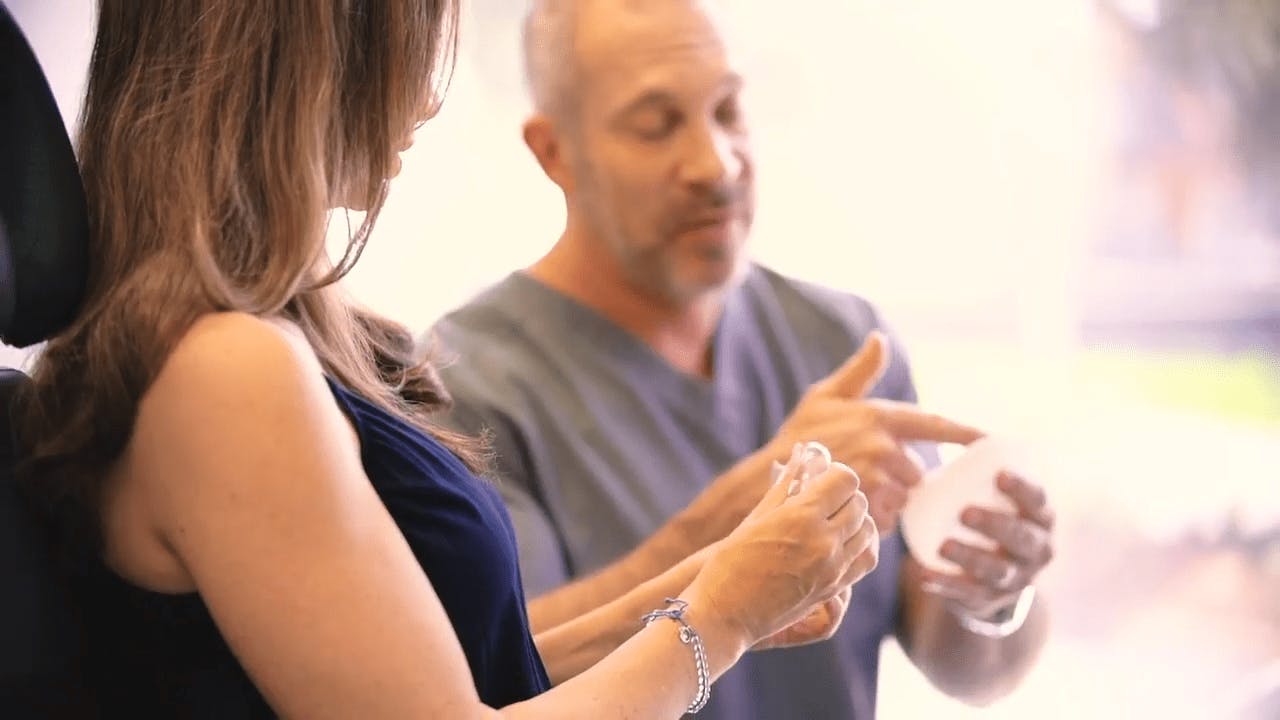Eyelid surgery can be used for several different purposes. It can refresh and reduce fatty deposits in the lower and upper brows, and it can also be used to increase prominence of the crease in the upper brow.
Why should I pursue eyelid surgery?
Both age and heredity can play a role in the shape and proportion of your upper and lower lids. Indications for eyelid surgery include upper eyelid overhang or droops, puffiness or "pillows" under the lower lid. Extra skin may obscure the natural eyelid and cleft between lid and brow creating a hooded appearance. Eyes may turn down and look sad and frown lines may exist between the brows. A combination of wrinkles, sagging and excess fatty tissue in the eye area can curtain the natural range of facial expressions, instead communicating only exhaustion and disagreement.
Eyelid surgery, also referred to as blepharoplasty, is a safe and popular technique for refreshing the smile and restoring a youthful, vivacious appearance to the entire upper face. Skin laxity, “bags” under the eye and even compromised vision can all be reversed through this remarkable procedure. Results are subtle but stunning, and dear friends and family may compliment you on looking well rested and revitalized without knowing exactly how this change has occurred. Increased self-confidence is a by-product of eyelid surgery, and many clients find they once again enjoy having their picture taken.

Who is a good candidate for eyelid surgery?
The best candidates for a San Francisco blepharoplasty suffer from puffy, fatty padding in the upper lids; sagging, crumpling upper lid skin that may mar vision; and bags in the lower lids. They are in good mental and physical health, are non-smokers, and have appropriate expectations for their surgery based on a detailed consultation with our team.
How can I find about more?
The first step in learning more about our San Francisco blepharoplasty is to schedule your confidential consultation with our team in the privacy of his Bay Area offices. We will be pleased to examine your eyes, review your medical records and any prior treatments, discuss your goals and answer questions as they arise.
Before and after photos are a great way for doctor and patient to align their expectations moving forward. Our team. Our team will create a customized treatment road map for your surgery, which can combine additional anti-aging procedures if desired in order to minimize downtime and post-op discomfort.
Schedule A Consultation

How is it done?
For upper lid surgery, excess skin and fatty tissue are removed through an incision placed in the natural crease of the eye. The fold of skin between the eyelash and eyebrow is removed. In some cases, the doctor may opt to tighten the eyelid muscles, which helps to reverse skin laxity. Scars heal rapidly and are barely visible. The result is an alert, more youthful expression.
A combination of approaches is used for lower lids. If the appearance can be improved simply by removing fatty tissue, an internal incision is made inside the lower eyelid. If both fatty tissue and excess skin are involved, a small incision is made close to the lower lashes and extends into a natural wrinkle line to hide the scar.
Fat may be reduced, redistributed or added. In the case of "sad eyes" an additional procedure called Canthoplasty or Cantopexy may be involved. This repositions and reinforces the tendons at the outer corner of the eye to support the lower eyelid. Although this does not require any additional incisions, it is a procedure that leaves little room for error and must be performed by a skilled surgeon.
Upper and lower eyelid surgery can be performed independently or together and can be performed under local or general anesthesia. This procedure takes 2 hours on average, and can take longer when combined with a brow lift or other facial procedure.
Other Options
Dr. Liu and his team are among San Francisco’s best anti-aging surgeons, and can create a personalized treatment plan that addresses not only the eyes, but the forehead, brows, cheeks, lips, chin, skin and nasolabial folds. They are known for creating unbeatable combination packages that target the most glaring signs of aging through both surgical and non-surgical means.
Often this results in fewer incisions, less downtime and less pain for the client. Be sure to ask our team about these other exciting options for facial renewal during your consultation:
FAQ
How soon can I wear my contacts?
Will I have trouble closing my eyes after surgery?
Will I also need a browlift?
I have wrinkling, extra skin and puffiness under my eyes. Will surgery treat this?
What determines whether I am a candidate for internal or external incisions?
How soon can I wear my contacts?
Barring any complications, you can usually resume contact lenses within 10 to 14 days. Dry eyes that temporarily accompany this procedure could make wearing them any sooner uncomfortable.
Will I have trouble closing my eyes after surgery?
Eyelid surgery is a common procedure and usually carries low risks. In very rare cases severe asymmetry or a lower lid that pulls down preventing effective closure of the lids can occur. This may require additional surgery to correct. Be sure you carefully evaluate your prospective surgeon to be sure you are in good hands.
Will I also need a browlift?
The perceived shape of the eye is sometimes associated with brow ptosis (droop.) Your complete condition should be addressed at consultation. The surgeon will explain what eyelid surgery alone will or will not accomplish. Patients with true brow descent or who want a higher position of the brow may have to consider a browlift.
I have wrinkling, extra skin and puffiness under my eyes. Will surgery treat this?
Wrinkling can be smoothed with laser resurfacing and botox. Puffiness is addressed with surgical fat removal. Extra skin also indicates surgery to tighten and remove any excess.
What determines whether I am a candidate for internal or external incisions?
In younger patients when all we need is removal of lower lid fat, an internal incision through the lower eyelid can be used. A more comprehensive approach for older patients requires the loose eyelid skin to be removed and tendon be tightened. This type of incision must be external, but is nicely hidden close to the lashes.
In addition to helping San Francisco eyelid surgery patients realize their dreams of more youthful-looking eyes, our team has extensive experience treating San Francisco iGuide neck lift, facelift and forehead lift patients. Please visit the respective pages to learn more about these procedures. Contact us today and schedule a consultation for arguably the best blepharoplasty San Jose has to offer.








